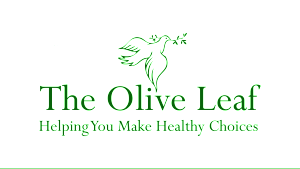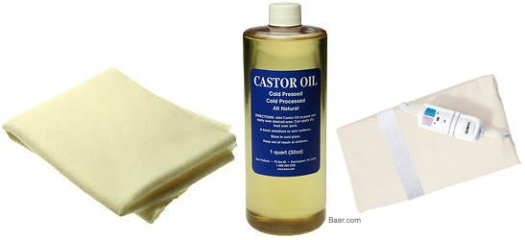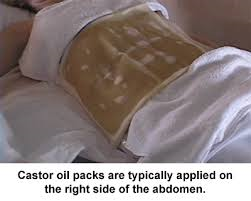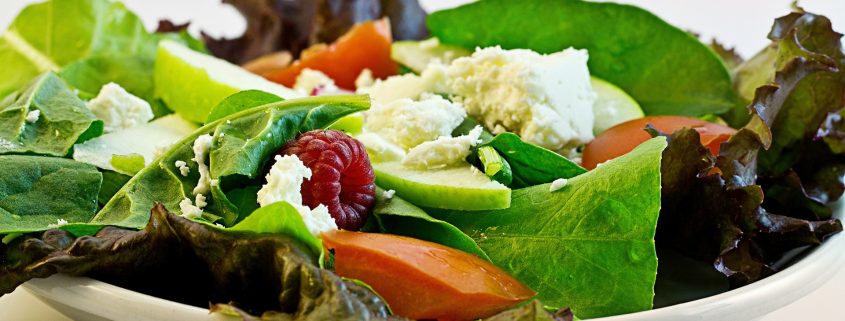I know many of you are familiar with probiotics, but I want to give you a brief history of the origin as well as an overview of the benefits of what probiotics have to offer you and your family.
The history of probiotics started in the early 20th century, a scientist Elie Metchnikoff (the father of probiotics) discovered that a particular group of people who lived in rural Bulgaria was living to very old ages even though they were living in poverty and very harsh climates. Elie theorized that health could be enhanced and senility delayed by manipulating the intestinal microbiome with host-friendly bacteria found in sour milk. Scientists at this time did not support his hypothesis, and he endured much opposition, particularly from scientists who claimed that only body fluids and soluble substances in the blood (antibodies)—and not cells—destroyed invading microorganisms. This view was known as the humoral theory of immunity. For the next 50 years this was considered mainstream, but in the 1940s scientists began to reexamine the role cells play in fighting off infections. Eventually, Metchnikoff’s theory of cellular immunity was vindicated when aspects of both schools of thought became integrated into the modern understanding of immunity. Metchnikoff devoted the last decade of his life to investigating means of increasing human longevity and advocating the consumption of lactic acid-producing bacteria. It is ironic that many ideas in health care came about from those who questioned “mainstream” and sought after wisdom to gain knowledge. Due to the diligence of Elie Metchnikoff, we were introduced to the wonderful world of probiotics!
The root of the word probiotic comes from the Greek word pro, meaning “promoting,” and biotic, meaning “life.” When one thinks of beneficial bacteria, it can be a little difficult to understand. How can bacteria be beneficial especially when many take antibiotics to kill bacterial infections and our world is consumed with antibacterial lotions and soaps! It would appear that we are in a constant all-consuming battle to kill the ever-present bacteria invading our lives. It is true that the wrong bacteria in the wrong place can cause problems…
personally, I have not taken an antibiotic in 20 years but as I sit here writing this letter I am currently on an antibiotic which is helping my big toe who injured itself (from no fault of my own) while I was hiking down Stone Mountain last week! The inflammation and severe pain subsided after starting the medication, and I was greatly relieved to see my big toe not be as big and the color going back down to the lovely pale pink and not the screaming red of bacterial infection. Antibiotics are “anti-microbial” therefore; they are on a mission to wipe out any source of bacteria “good” or “bad” to complete their job. I am glad to say me and my toe are happy to have them!
Unfortunately, according to the CDC overuse and misuse of antibiotics can promote the development of antibiotic-resistant bacteria. Every time a person takes antibiotics, sensitive bacteria (bacteria that antibiotics can still attack) are killed, but resistant bacteria are left to grow and multiply. Repeated use of antibiotics can increase the number of drug-resistant bacteria. Antibiotics have also been prescribed and are not effective against viral infections like the common cold, flu, most sore throats, bronchitis, and many sinus and ear infections. Widespread use of antibiotics for these illnesses is an example of how overuse of antibiotics can promote the spread of antibiotic resistance. (Centers for Disease Control and Prevention)
I feel probiotics have the greatest impact from a preventative standpoint. We all have an estimated 100 trillion microorganisms representing more than 500 different species inhabit every normal, healthy bowel. These microorganisms (or microflora) do not make us sick; most are helpful. These Gut-dwelling bacteria keep pathogens which are harmful microorganisms in check. They also aid digestion and nutrient absorption and contribute to immune function. The problem occurs when these flora get out of balance. If you’re dealing with any of the following, you might have an unhealthy gut:
Gastrointestinal:
We all have different standards of what is to be considered “normal” with our digestive system. But certain issues especially those that are chronic can have a considerable impact on our health and quality of life. The following is a short list of conditions that may indicate your gut is out of balance.
• Gas
• Bloating
• Heartburn/acid reflux
• Diarrhea
• Constipation
• Irritable Bowel Syndrome
• Irritable Bowel Disease (including Crohn’s and Ulcerative colitis)
Mental Issues
Your Gut is your second brain! Have you ever felt that deep sinking feeling in the pit of your stomach? The feeling you are having is a visceral reaction to emotion. So it makes sense that the health of your gut affects the health of your brain. Your gut bacteria produce neurotransmitters such as Gaba and Serotonin, in fact, 90% of serotonin is produced in the gut which is responsible for appetite, mood, sleep and relaxation. Studies are now showing the correlation between people with certain mental disorders and disturbances within their gut bacteria.
• Depression and anxiety
• Brain fog
• OCD
• Autism
• Vitamin and Mineral Deficiencies
Nutritional Deficiencies
A healthy gut also plays an important role when it comes to helping your body produce and synthesize vitamins and minerals. When your gut bacteria is out of balance, your body has a harder time getting enough of the following essential vitamins and minerals. I provide micronutrient testing in my practice to identify depleted nutrients. If there is an excessive amount of nutrient imbalance, we offer testing to check the microflora and SIGA levels of the gut to see what is out of balance.
• Vitamin D
• Vitamin K
• Vitamin B12 and B7
• Magnesium
Antibiotics
Correctly using Antibiotics are beneficial. Using them incorrectly can create issues. Antibiotics used in the food industry on factory-farmed animals. They are prescribed for viral infections and are not useful. Antibiotics wipe out bad bacteria, but they also wipe out many of the good bacteria in the gut that are essential for your health. Research also suggests that good bacteria are destroyed by antibiotics and do not replace themselves unless you intervene.
Chronic, Unmanaged Stress
• Unmanaged stress raises cortisol levels, which can stop the gut from working properly. If you’ve been stressed for the past few months (or years, or decades) but haven’t acted to manage your stress, you’re more likely to have an unhealthy gut.
Skin Conditions
The skin is your largest organ, and it can reflect what is happening inside your body. The problem isn’t with the skin itself; It can be due to unbalanced flora. If you have any of these skin conditions, You may want to look inside to help the outside.
• Acne
• Rosacea
• Psoriasis
• Eczema
Autoimmune Diseases
Autoimmune diseases can be difficult to manage because the body is attacking itself and autoimmune disease hard to diagnose for many doctors. Research is emerging linking autoimmune diseases to an unhealthy gastrointestinal system. Balancing your gut flora is a foundational approach which may help relieve symptoms, If you’re dealing with any of the following.
• Hashimoto’s
• Rheumatoid arthritis
• Inflammatory bowel disease
The good news is that a growing body of scientific evidence suggests that you can treat and even prevent some illnesses with foods and supplements containing certain kinds of live bacteria. Northern Europeans consume a lot of these beneficial microorganisms, called probiotics because of their tradition of eating foods fermented with bacteria, such as yogurt. Probiotic-laced beverages are also big business in Japan. The United States has jumped on board the Probiotic bandwagon and now almost every yogurt commercial praises the benefits of probiotics and its amazing ability to help with our immune system. Some digestive disease specialists are recommending them for disorders that frustrate conventional medicine, such as irritable bowel syndrome. Since the mid-1990s, clinical studies suggest that probiotic therapy can help treat several gastrointestinal ills, delay the development of allergies in children, and treat and prevent vaginal and urinary infections in women. Other GI issues such as diarrhea (studies in children and infants showed that probiotics reduce antibiotic-associated diarrhea by 60% when compared to a placebo) I have used probiotics to help those with chronic sinus infections as well as those with yeast infections.
Probiotics are safe because they’re already present in a healthy digestive system but, it is important to know that not all probiotics are the same. Health benefits are strain-specific, but not all strains are useful. Also, manufacturers are responsible for making sure they are safe and efficient. Manufacturers are also accountable to list the types of bacteria listed on a label are true. In the United States, most probiotics are sold as dietary supplements, which do not undergo the testing and approval process so make sure your probiotic is provided by a reliable source. The Olive Leaf only carries the highest quality supplements. Please check out our online store and our affiliates. If you are interested in ordering a probiotic please contact our office and we will be happy to make suggestions. If you are a family member are suffering from any of the conditions listed in this newsletter you may want to consider adding a probiotic into your daily routine to maintain balance within your digestive system which in turn will help your body function to the best of its potential.











